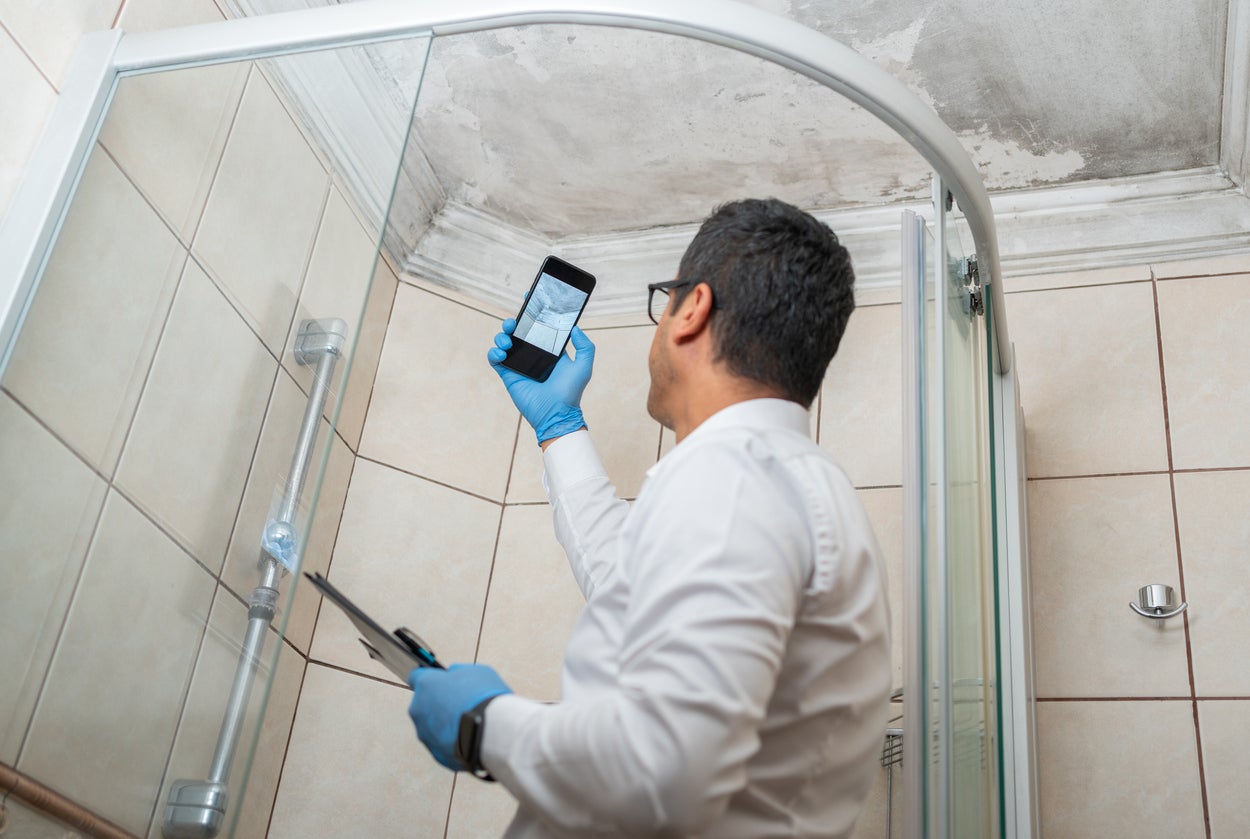Support on What to Do After Mold Remediation
Support on What to Do After Mold Remediation
Blog Article
Effective Post Mold Remediation Solutions for Your Home
Mold and mildew growth in homes can be a persistent concern, commonly calling for a methodical approach for effective post-remediation options. From comprehending the factors that contribute to mold and mildew development to carrying out appropriate cleaning methods and wetness control measures, the process can be intricate yet critical for preserving a healthy and balanced living atmosphere. Post Mold Remediation.
Comprehending Mold And Mildew Development Elements
Mold and mildew development is influenced by a range of variables that are essential to comprehend in order to successfully resolve and prevent its expansion. Recognizing these elements is essential in carrying out effective mold and mildew remediation techniques. The main factor contributing to mold and mildew development is dampness. Mold spores require dampness to germinate and flourish, making wet or humid environments highly prone to mold and mildew problems. Poor ventilation can likewise cause moisture buildup, creating a suitable reproduction ground for mold.

Moreover, airflow and light exposure can influence mold growth. Areas that do not have correct ventilation and all-natural light are much more prone to mold and mildew growth. By dealing with these aspects comprehensively, individuals can properly alleviate mold growth and secure their living environments.
Correct Mold Cleaning Strategies
Making use of reliable cleaning approaches is necessary in stopping the recurrence and addressing of mold and mildew contamination in interior atmospheres. When managing mold and mildew, it is important to focus on security by wearing safety equipment such as goggles, masks, and handwear covers. The initial step in proper mold cleaning is to consist of the damaged area to stop the spread of spores to unpolluted locations. This can be accomplished by sealing the area and utilizing air scrubbers or unfavorable air machines to maintain air high quality.

Carrying Out Moisture Control Procedures
To properly prevent mold development and contamination in interior atmospheres, implementing wetness control actions is extremely important. In addition, making certain proper ventilation in areas vulnerable to moisture accumulation, such as cooking areas and restrooms, can aid minimize the danger of mold and mildew growth. By diligently carrying out these moisture control procedures, property owners can properly minimize the check this site out possibility of mold and mildew recontamination and maintain a healthy interior environment.
Utilizing All-natural Remediation Solutions
After efficiently implementing wetness control measures to stop mold and mildew growth in interior atmospheres, home owners can now check out the performance of all-natural remediation solutions check over here in preserving a healthy and balanced living space. Natural remediation options make use of environmentally pleasant approaches to battle mold and mildew, making them a prominent selection for those looking for non-toxic options. One such option is making use of vinegar, an all-natural antimicrobial agent, to disinfect and clean surfaces infected by mold and mildew. Merely dilute vinegar with water and spray it onto the impacted areas, enabling it to rest for a few hours before wiping clean. Furthermore, tea tree oil, understood for its antifungal residential properties, can be blended with water and splashed onto mold-infested surfaces to inhibit further growth. One more natural choice is hydrogen peroxide, which can successfully eliminate mold and mildew on different surfaces without leaving damaging residues behind. By integrating these natural remediation options right into their cleaning routines, property owners can efficiently fight mold growth while advertising a healthier interior setting for themselves and their family members.

Keeping a Mold-Free Environment
In order to protect against mold reappearance and ensure a constantly mold-free environment, it is necessary for property owners to apply positive upkeep techniques. Frequently evaluating areas susceptible to mold growth, such as washrooms, attics, cellars, and cooking areas, is essential. Attending to any kind of leakages, water damage, or excess wetness immediately can significantly decrease additional reading the danger of mold development. Post Remediation verification. Appropriate ventilation in areas with high humidity levels is also essential to stop mold and mildew growth. Using dehumidifiers or exhaust followers can assist preserve ideal wetness levels and dissuade mold spores from thriving.
Furthermore, keeping cleanliness in the home is important for mold and mildew prevention. Keeping interior plants in check and ensuring appropriate drainage in exterior landscaping can minimize wetness accumulation, reducing the possibility of mold invasions.
Conclusion
Finally, it is vital to attend to mold development aspects, use correct cleaning strategies, carry out moisture control actions, use natural removal services, and maintain a mold-free atmosphere in order to efficiently manage article mold and mildew remediation in your house - After mold remediation. By complying with these strategies, you can stop mold from reoccuring and guarantee a healthy living atmosphere for you and your family members
The primary factor contributing to mold and mildew growth is moisture. Mold spores require moisture to flourish and sprout, making moist or moist settings highly prone to mold and mildew infestations.To properly prevent mold growth and contamination in interior settings, implementing dampness control measures is critical. Furthermore, ensuring proper ventilation in areas susceptible to moisture build-up, such as shower rooms and cooking areas, can help decrease the danger of mold development.After effectively carrying out dampness control measures to prevent mold growth in indoor atmospheres, property owners can now discover the performance of natural remediation services in preserving a healthy living area.
Report this page